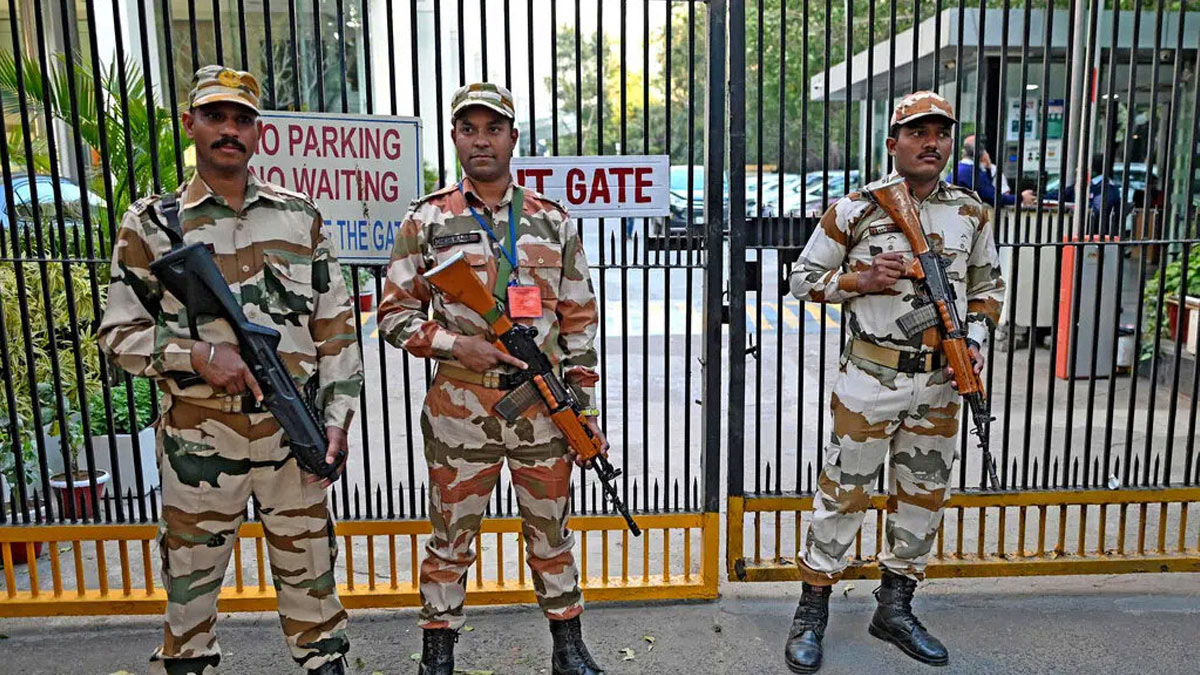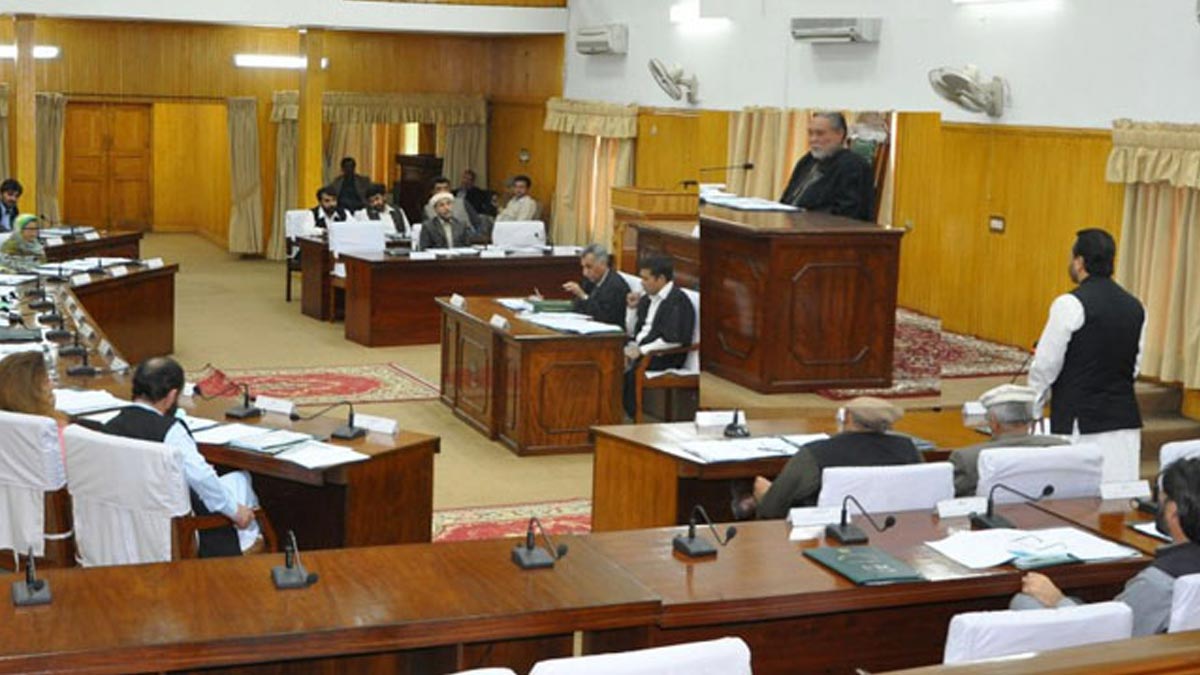- March 22, 2018
- @admin
- 0
- 2nd April 2018
- Qaiser Khan
A total of 14 Kashmiris have been killed in past one week on the Line of Control (LoC) and Kashmir Valley. An unprecedented upsurge in violence has been witnessed in last two years where hundreds of youth have joined the militant ranks. According to reports of Jammu and Kashmir police, 363 militants, majority of them Kashmiris are active in the valley and this is the highest number in last ten years. The phenomena of educated youth like Manan Wani and Esa Fazili joining the militant ranks is attributed to the growing ‘alienation’ among masses which unfortunately has become a misnomer in Kashmir.

‘Alienation’ is a complex construct that has various social, economic and political undertones. The state of alienation creates a feeling of inability and weakness which transpires the myth that objective political conditions are permanent and can’t be changed. This feeling in a process of dialectical transformation changes into its opposite; creates intense anger and urge to dominate through radical political action.
The case of Kashmir is no less different. The intractable nature of the conflict has become the central influencer of alienation in Kashmiri youth. It can’t be managed or pacified through indirect apolitical measures but every time there’s unrest in Kashmir Valley, the ‘alienation managers’ come to the forefront and try address this phenomenon through development and employment schemes. As these schemes are hardly successful in dealing with the conflict, the state now a days has reverted back to the violent measures in order to enforce normalization in Kashmir.
This strategy of coercive ‘normalization’ is adding fuel to the fire. It has reinstated the feeling in Kashmiris that no one is willing to understand their alienation and thus a resurgence of armed struggle is underway. The youth seems to believe that for the deaf ears which are insensitive to the cries of oppressed people, the loudening of the conflict symphony through bullets and blasts is may be the way forward.
This resurgence of indigenous armed struggle in Kashmir needs an immaculate and humane analysis in the aforementioned context. It can’t be separated from its political roots as some political pundits are trying to do. The incautious handling of armed resistance and efforts to establish its link with the phenomenon of ‘radicalization’ is a very insincere approach. Radicalization exists only in the abstract terms with no definite reality and roots on the ground.
In order to address the alienation of youth, it is very important that there be no super-structures of radicalization and fundamentalism imposed over the political nature of Kashmir conflict. The cerebral assault unleashed by Indian media and the right-wing elements has already created a situation where religious overtones are fast replacing the political component of the conflict. This will speed-up the process of alienation which may reach a crescendo in near future resulting in a total break-out of the tacit understanding that still exists at some levels between the ruling elite and Kashmiri society.
In the past, it was largely a preference of the ruling powers to determine what method of resistance there be in the society. The space was provided accordingly by the state and hence a tacit understanding always existed between the rulers and the dissenter on the methods of resistance that constituted an apparent ‘normalcy’ in the society.
This tacit understanding is fast waning and with it, the chances for a meaningful dialogue to resolve the issue. In the general sense of politics, dialogue takes times to yield necessary results but it hardly fails in its objective to attain peace. However, the process of dialogue is also subservient to its objective conditions and is doomed to fail if there is no scope left in the society for reconciliation.
The killing of Esa Fazili coupled with huge wave of sympathy that it generated are early signs of a situation in which no dialogue would be possible. Already there’s some anger brewing up in youth against the peace-nicks primarily because the peace constituency in Kashmir hasn’t been able to extract a single concession from New Delhi in last 10 years. The failure of this constituency will bust the already yielding tacit understanding and Kashmir will most likely enter a new era of unprecedented violence.
It is high-time that those who still believe in the sanctity and effectiveness of dialogue carry out a careful analysis of the Kashmir’s objective conditions and come up with a perspective that may enlighten youth on the prospects and possibility of a successful dialogue. The willingness to engage and negotiate politically can’t exist in vacuum therefore it’s very necessary to create sufficient space and atmosphere for that.

Qaiser Khan
The author based in Rawalakot and works as a consultant with Center for Peace, Development and Reforms (CPDR): sqkhan47@gmail.com













































